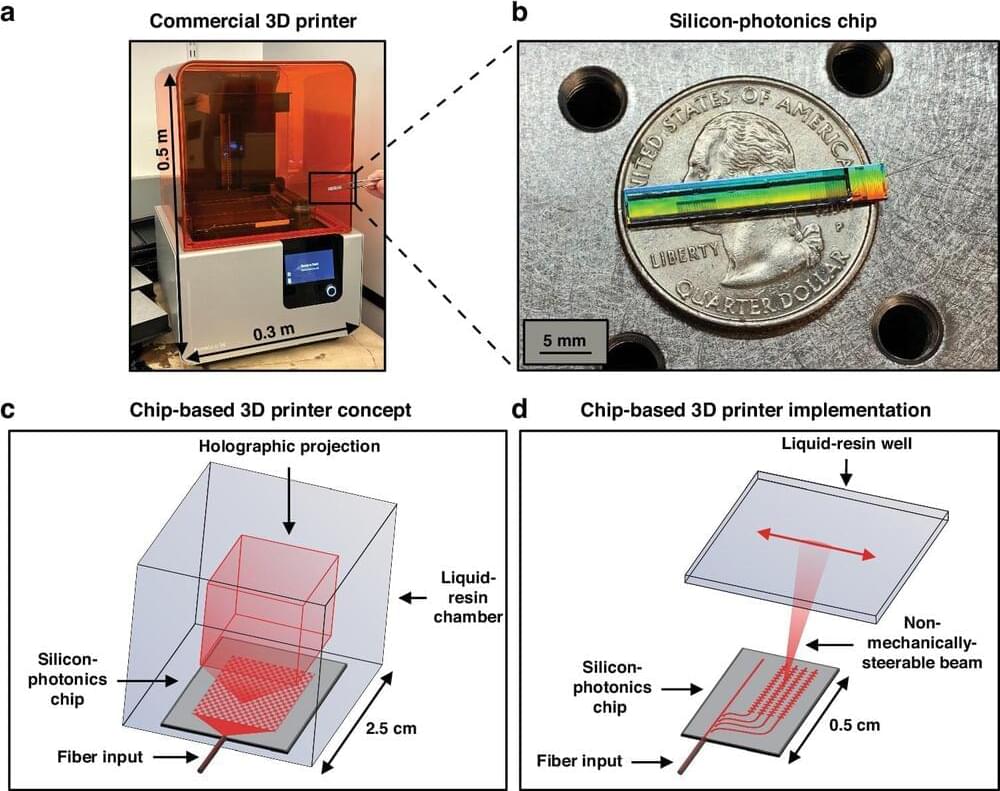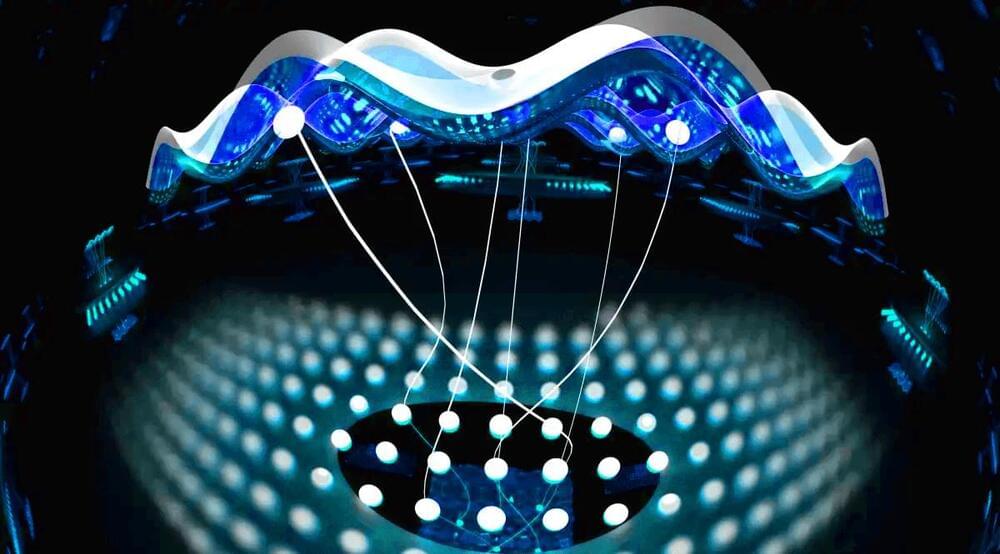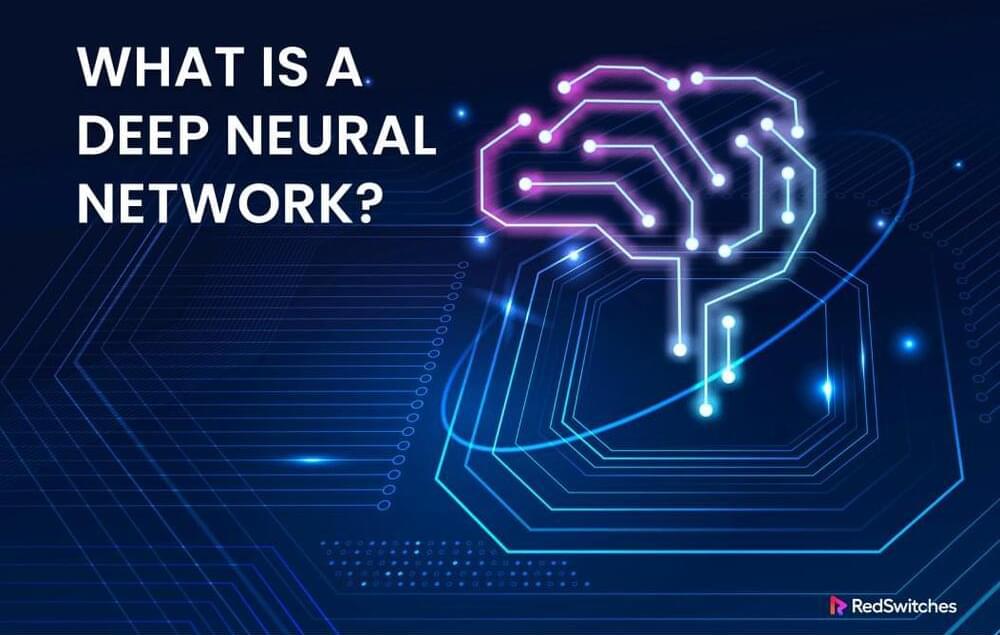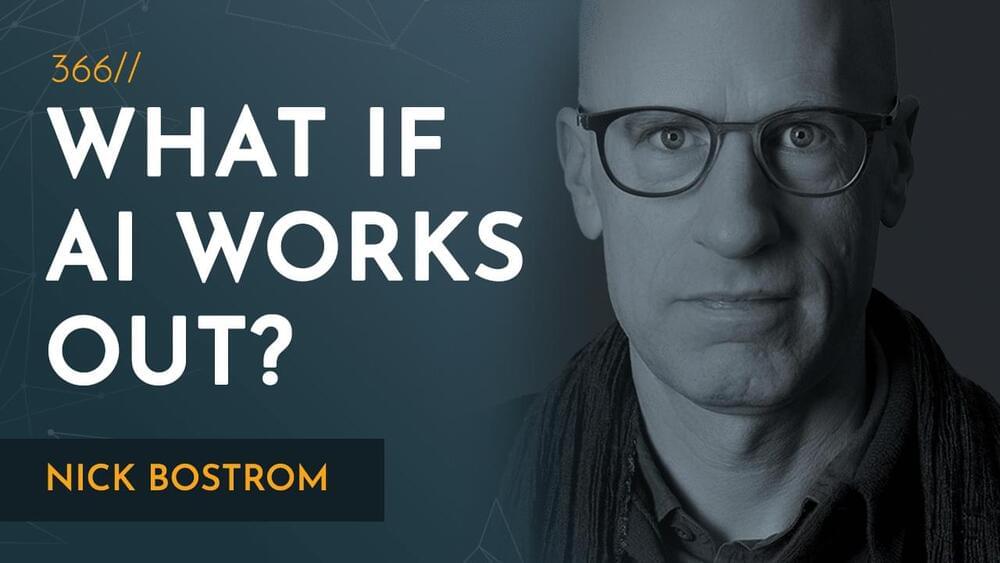In this Astrobite, the authors search for primordial black holes, a dark matter candidate, by calculating the effect their gravity would have on objects in our Solar System!




Join us on Patreon! https://www.patreon.com/MichaelLustgartenPhDDiscount Links: Epigenetic Testing: https://trudiagnostic.com/?irclickid=U-s3Ii2r7xyIU-LSYLyQ…

SpaceX’s Starship and its massive reusable booster both successfully made their first controlled water landing during a fourth flight test on Thursday.
Why it matters: It’s a significant achievement for the vehicle, which is key to NASA’s Artemis program.

Currently, computing technologies are rapidly evolving and reshaping how we imagine the future. Quantum computing is taking its first toddling steps toward delivering practical results that promise unprecedented abilities. Meanwhile, artificial intelligence remains in public conversation as it’s used for everything from writing business emails to generating bespoke images or songs from text prompts to producing deep fakes.
Some physicists are exploring the opportunities that arise when the power of machine learning — a widely used approach in AI research—is brought to bear on quantum physics. Machine learning may accelerate quantum research and provide insights into quantum technologies, and quantum phenomena present formidable challenges that researchers can use to test the bounds of machine learning.
When studying quantum physics or its applications (including the development of quantum computers), researchers often rely on a detailed description of many interacting quantum particles. But the very features that make quantum computing potentially powerful also make quantum systems difficult to describe using current computers. In some instances, machine learning has produced descriptions that capture the most significant features of quantum systems while ignoring less relevant details—efficiently providing useful approximations.




As opposed to black holes, white holes are thought to eject matter and light while never absorbing any. Detecting these as yet hypothetical objects could not only provide evidence of quantum gravity but also explain the origin of dark matter.
No one today questions the existence of black holes, objects from which nothing, not even light, can escape. But after they were first predicted in 1915 by Einstein’s general theory of relativity, it took many decades and multiple observations to show that they actually existed. And when it comes to white holes, history may well repeat itself. Such objects, which are also predicted by general relativity, can only eject matter and light, and as such are the exact opposite of black holes, which can only absorb them. So, just as it is impossible to escape from a black hole, it is equally impossible to enter a white one, occasionally and perhaps more aptly dubbed a “white fountain”. For many, these exotic bodies are mere mathematical curiosities.